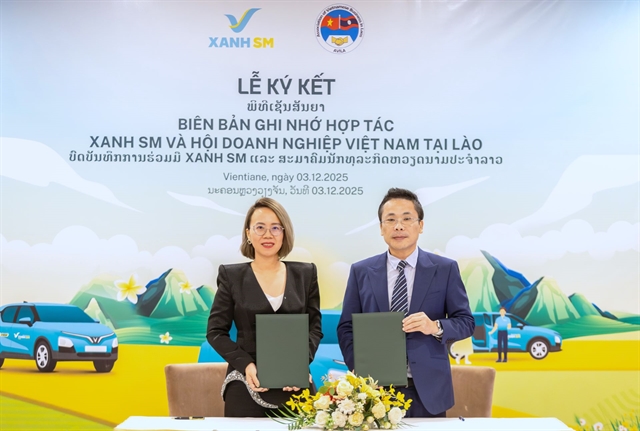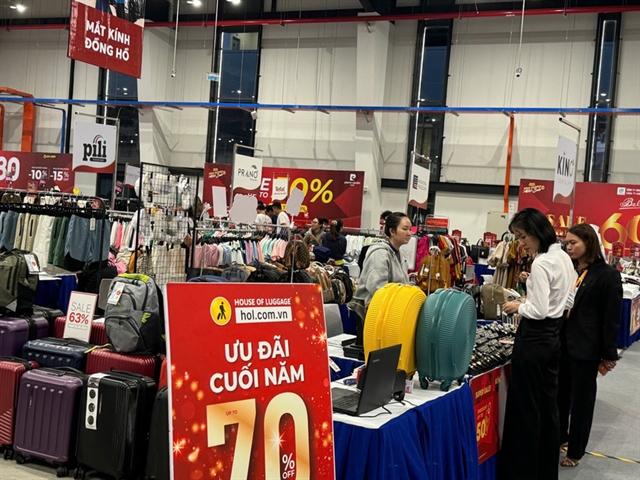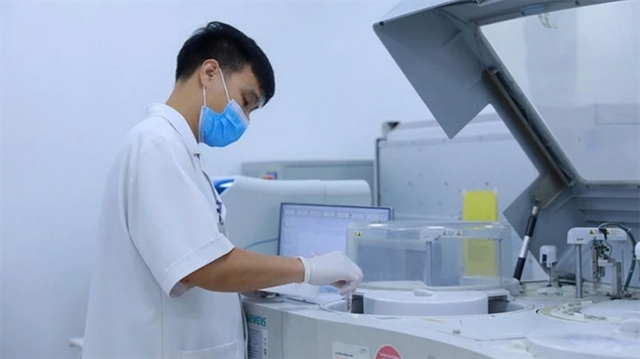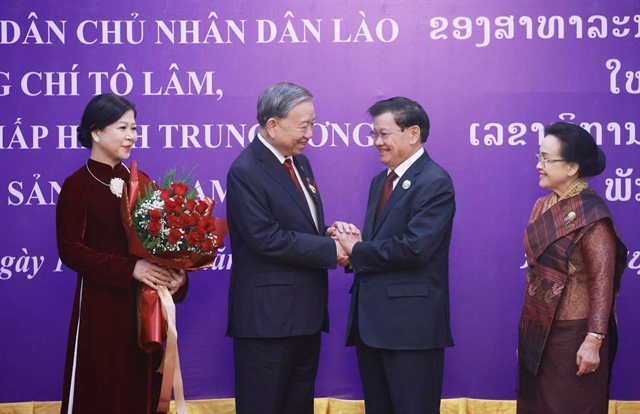 Opinion
Opinion

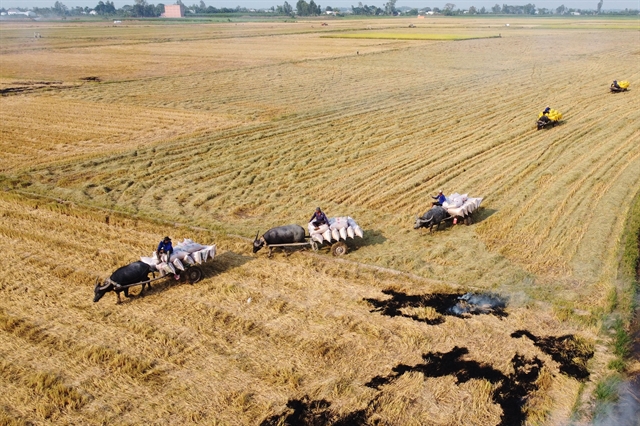
|
| Local farmers harvest rice in Hồng Ngự District in the southern province of Đồng Tháp Province in the Mekong Delta region. — VNA/VNS Photo Nhựt An |
In a recent interview with Vietnam News Agency, Trần Thanh Nam, deputy minister of Agriculture and Rural Development, talks about plans to develop a million hectares of low-emission high-quality rice and how international partners, businesses and farmers can participate in the project.
What is the main point of the project to build one million hectares of high quality rice in associate with green growth?
Under the Prime Minister’ direction, the Ministry of Agriculture and Rural Development has been working on this project, which is also part of the Strategy in Sustainable Agriculture and Rural Area Development in 2021-2030, with the vision to 2050.
This project has many purposes, one of them is to realise the Prime Minister’s commitment in COP26 for Việt Nam to have zero emission in 2050.
The Mekong Delta is hugely affected by climate change. This project means a lot to this area, since emissions from rice account for 40 per cent of total emissions made by the agricultural sector. Reducing the waste within the rice industry is also to reduce the nation’s emission.
So how will the ministry reorganise production so that emissions can be reduced but the value of rice can increase?
We have experiences in executing several modules of sustainable agriculture. Within the near future, the ministry will expand emission-reduced production on every province around the country.
This is not an easy project, since the hardest thing is the swift in awareness of local authorities, business and farmers. The usual mindset is how this project generates money or how much the high-quality rice worth? That is not what this project is about. Our main purpose is to reduce emissions within production and irrigation facilities.
Until now, 180,000 hectares of rice have followed low-emission models. These procedures will apply everywhere. We can use what we have achieved with VnSAT to expand with higher qualities.
This project will advance the management of agricultural cooperatives. We cannot manage every single farmer.
We also want to include businesses in this production procedure, since they need agricultural produces as well. Knowing where the resources are will enable businesses to elevate the brand image of the Vietnamese rice to the world. We receive a lot of interests to join in the project from various businesses as well.
This project has attracted a lot of international partners. How important is that to the project?
We have co-operated with World Bank recently. They acknowledged this project, and stated that this is the first project in the world to reduce emissions in rice production. The World Bank highly appreciated us and proposed to support the project and apply it to other countries.
We also received support from the International Rice Research Institute. We also have appreciation from Food and Agriculture Organisation (FAO) of United Nations, and much more.
We have worked closely with localities in the Mekong Delta region. They all highly appreciate it and have so far agreed to use a total of 700,000 hectares for the project.
This project is all about the collaboration with businesses and agricultural cooperatives. Many of them have signed up to join this project, and I think, it is one of the reasons it should be approved.
The ministry recently established the PPP (Private-Public Partnership) working group for the rice sector. What is the purpose of this group?
We plan to establish the Association of Rice Industry. This association will gather businesses, agricultural cooperatives and farmers, and let them lead the project. The PPP group will attract them to join.
The values of the rice are created by businesses, government and farmers, and we, the Government are here to connect businesses and farmers.
Businesses and agricultural cooperatives need to collaborate to advance the quality and value of the rice, not just selling it.
We need to have funds from banks when the project started, as sponsorship for sustainable development.
In the near future, we will need certain certificates for reducing emissions. For example, EU requires fertilisers to have emission-reduced certificate, the next could be some products with huge emission, such as rice. — VNS
Low-carbon rice highest potential for methane reduction: World Bank Rice is currently Việt Nam’s most important crop and grown on more than half of its agricultural land area. The total rice area in the country was estimated at 7.1 million hectares in 2022 and rice production reached 42.66 million tonnes, according to the country’s General Statistics Office. Rice accounts for 48 per cent of the agriculture sector’s GHG emissions and over 75 per cent of methane emissions, according to the World Bank. A report conducted by the bank said Việt Nam can transform the rice sector by cutting GHG emissions, improving resource efficiency and yields, boosting resilience, and diversifying production. Moving to low-carbon rice production offers the highest potential for Việt Nam to meet its goal of cutting methane emissions by 30 per cent by 2030 while boosting the competitiveness of a strategic export item, it added. — VNS |

